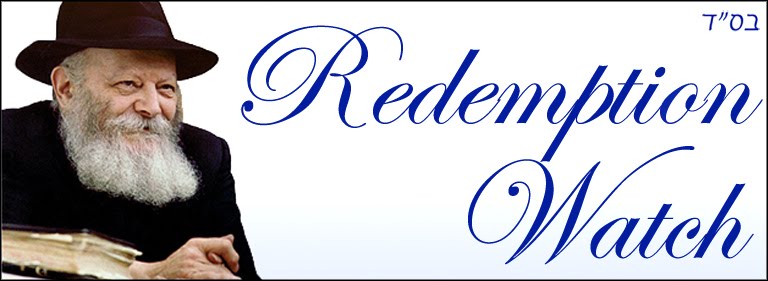 |
| Panera Cares Cafe |
With many Americans out of work, private citizens and corporations have taken things into their own hands to alleviate hunger. Ingenious eateries have sprung up that offer meals in return for volunteer work,--or people pay what they can. These attractive venues envelop their patrons with a sense of caring and, of course, real sustenance. Yes, someone cares. And this can make a huge difference in people's lives. Humanity, i.e. goodness and kindness--these are some of the hallmarks of the era of Redemption.
With thanks to Hamodia's Binyan Youth Magazine.
ABC World News - BY DAVID MUIR (@DavidMuir)
Nov. 25, 2011
Panera Cares, Other Eateries Tackle Hunger With 'Pay-What-You-Can' Plan
For years, Robert Dimmitt was a product designer for Ford. Three years ago, the 57-year-old Michigan man was laid off. He's still looking for work.
This Thanksgiving, he volunteered at a Panera Cares cafe in exchange for a meal. He's been donating his time there since March and he says he's met many others just like him.
"Some of them even come to the management in tears and they are so hungry and the management helps them," he said.
There are three Panera Cares Community cafes -- one in Missouri, one in Michigan and another in Portland, Ore. They are the brainchild of Ron Shaich, the co-founder and executive chairman of Panera Bread and the president of the Panera Bread Foundation.
Each site serves 3,500 people every week. On a case-by-case basis, the cafe suggests to each patron how much they can afford.
"It's just amazing to us. Many people questioned whether this would work," Shaich told ABC News today. "We said that this was the right thing to do. It's a pay-it-forward kind of thing."
Jenny Bradley, who lives near Dearborn, Mich., said she found out about Panera Cares from a niece. Sometimes she can pay and other times she can't.
"I come three to four times a week," she said. "When I have a lot of money, I put extra money in, and when I can't I'll ask to see if it's O.K. if I can pay later."
Shaich said it was a "test of humanity."
"Twenty percent of customers pay more than the suggested donation," he said. "Sixty percent leave the suggested donation and 20 percent leave less, typically significantly less."
He said it was Panera Bread's way of giving back directly. "We have the skills to operate these cafes," Shaich said today. "We operate 1,600 cafes around the United States. We have the capabilities to do this."
At the Portland cafe, Jennifer Karsonengum paid full price for her meal and a little extra for the next person.
"Everybody can walk in the door and be served a meal and eat," she said. "That's becoming a luxury in this country."
According to Feeding America, nearly 49 million men, women and children nationwide are considered "food insecure" -- as many as 17 million of them are children.
Panera Bread's mission is similar to that of One World Everybody Eats Foundation. Denise Cerreta says she opened the first pay-as-you-can restaurant eight years ago in Salt Lake City. Cerreta says her restaurant has served more than 215,000 meals.
And there are others: Jon Bon Jovi's Soul Kitchen in Red Bank, N.J.; Cafe 180 in Englewood, Calif., which served 150 people in two hours on Thanksgiving; and Table Grace in Omaha, Neb., which serves 40 people every day.





